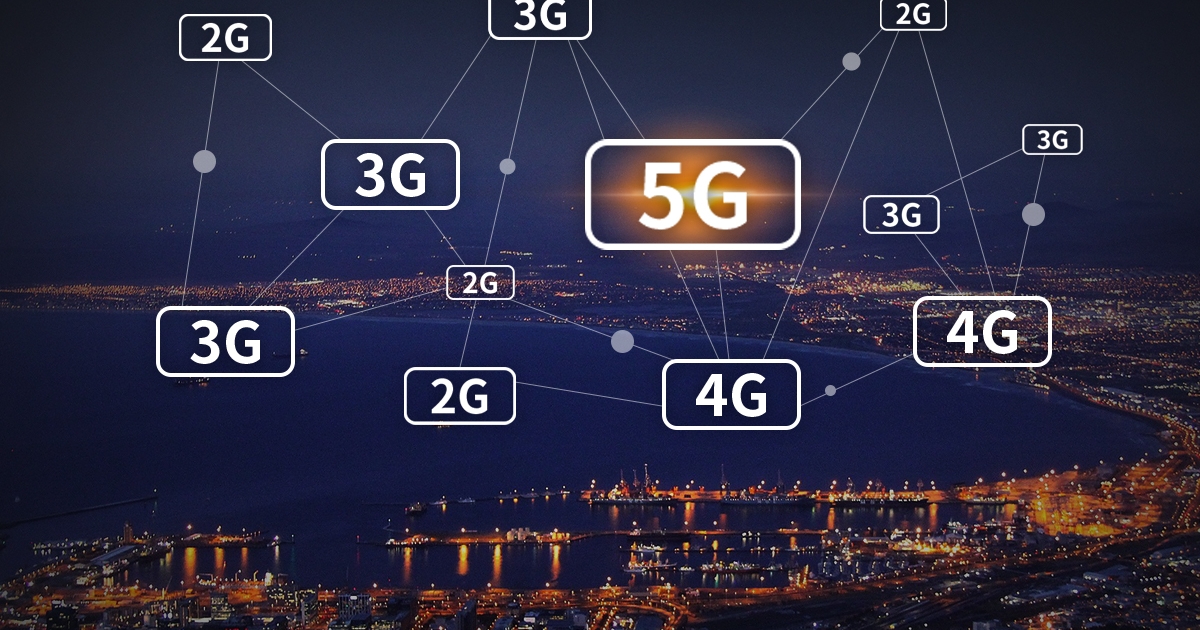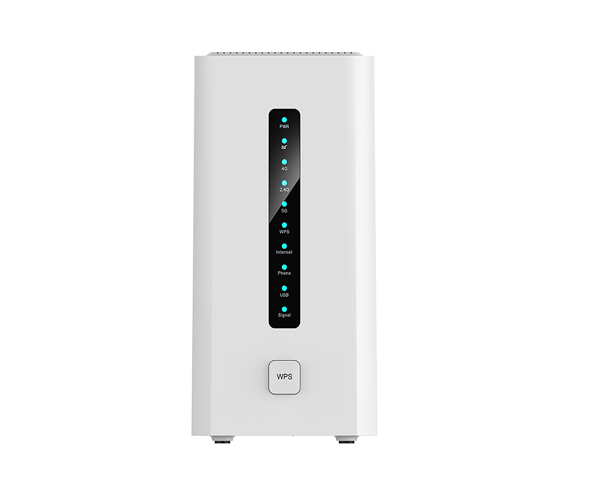5G versus 4G:Why should you get 5G services?
5G 4G LTE:
Fifth generation of mobile networks or 5G is a new wireless standard known internationally. To link almost everyone and everything together, for instance machines, gadgets and different objects 5G allows a new type of network. The aim of 5G wireless technology is to provide more users with faster multi-Giga bits per second data rates, low latency, enhanced dependability, wide network capacity, and a better user experience.
With 4G, you may access a wider range of online activities at a speed that is significantly faster and with greater stability. In comparison to the fourth generation, LTE’s performance decreases since it is halfway between 3G and 4G. LTE (Long-Term Evolution) is a fourth-generation -4G wireless standard which when compared to third-generation -3G technology, increases network capacity and speed for cellular devices. LTE delivers faster data transmission speeds than 3G; initially up to 100 Mbps downstream and 30 Mbps upstream. Reduced latency, expandable bandwidth capacity, and compatibility with the current Global-System for Mobile- Communications (GSM) and Universal-Mobile-Telecommunications-Service (UMTS) technologies are the features offered by this technology. LTE-Advanced (LTE-A) was later developed, and it produced peak speed of around 300 Mbps.
5G versus 4G
The main distinctions between the 4G and 5G networking technologies are listed below:
Because it provides previously unheard-of download speeds, 5G revolutionizes mobile internet. Data speeds quicker than those of a 4G network are achieved by 5G Ultra-Wideband thanks to a significant scaling up of network technology.
The fundamental driver behind the creation of 4G was the high demand for mobile internet. However, the network’s speed and bandwidth are essential to minimizing the congestion during connection, which is why 5G was built. Although 5G is capable of reaching 10 Gbps per second and is 20 times faster than 4G, which results in a decrease in latency of about 15 milliseconds, 4G is still 50 times faster than 3G in terms of raw speed. While 4G latency ranges from 60 to 98 milliseconds, 5G latency is around 5 milliseconds, providing quicker download rates. While 4G communication enables high-definition mobile TV, video conferencing, crystal-clear voice calls, and many other features, 5G is intended to offer more capacity for social media and video streaming, adding more “space” to use, meaning that everyone and their devices will be able to receive faster data rates. Additionally, 5G offers a connection that uses almost any energy. While 4G utilizes a small portion of the bandwidth spectrum between 600 MHz and 2.5 GHz, 5G uses three different bands. Each band has its own frequency range, speed, and various potential uses for individuals, companies, and sectors of economy. This indicates that 5G has a significantly more capacity. Figure 1 shows theoretical differences between 4G and 5G.

Why should you get 5g services?
The chances and opportunities provided by 5G extends to the following:
Driverless automobiles are now possible thanks to 5G. With its high speeds and capacity, 5G effortlessly enables this procedure since autonomous cars need to transfer and analyze massive volumes of data to assess traffic conditions and connect with other vehicles on the road.
The technologies of 5G have the potential to greatly enhance the health industry. For instance, autonomous drones that operate with mobile connectivity and transport emergency supplies might enhance disaster response times. Ambulances will be able to react to emergencies more quickly because too smart vehicle technology. With remote connection and robotic technologies, performing procedures will be safer and more precise. With the help of innovations like the meta-verse, your working life will change since you’ll be able to interact with your coworkers in 3D even if you’re in different places. Figure 2 is the illustration of 5G advantages.






